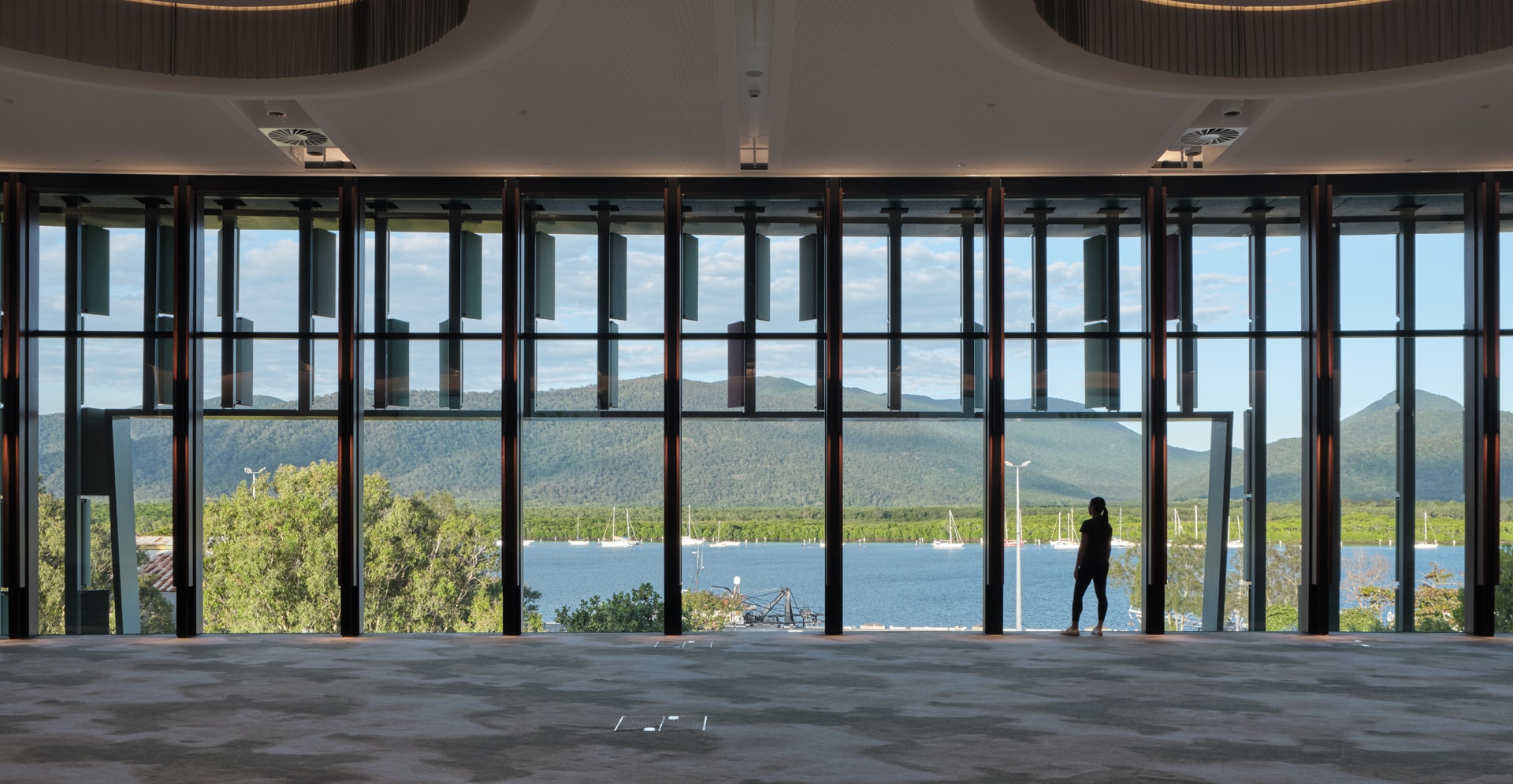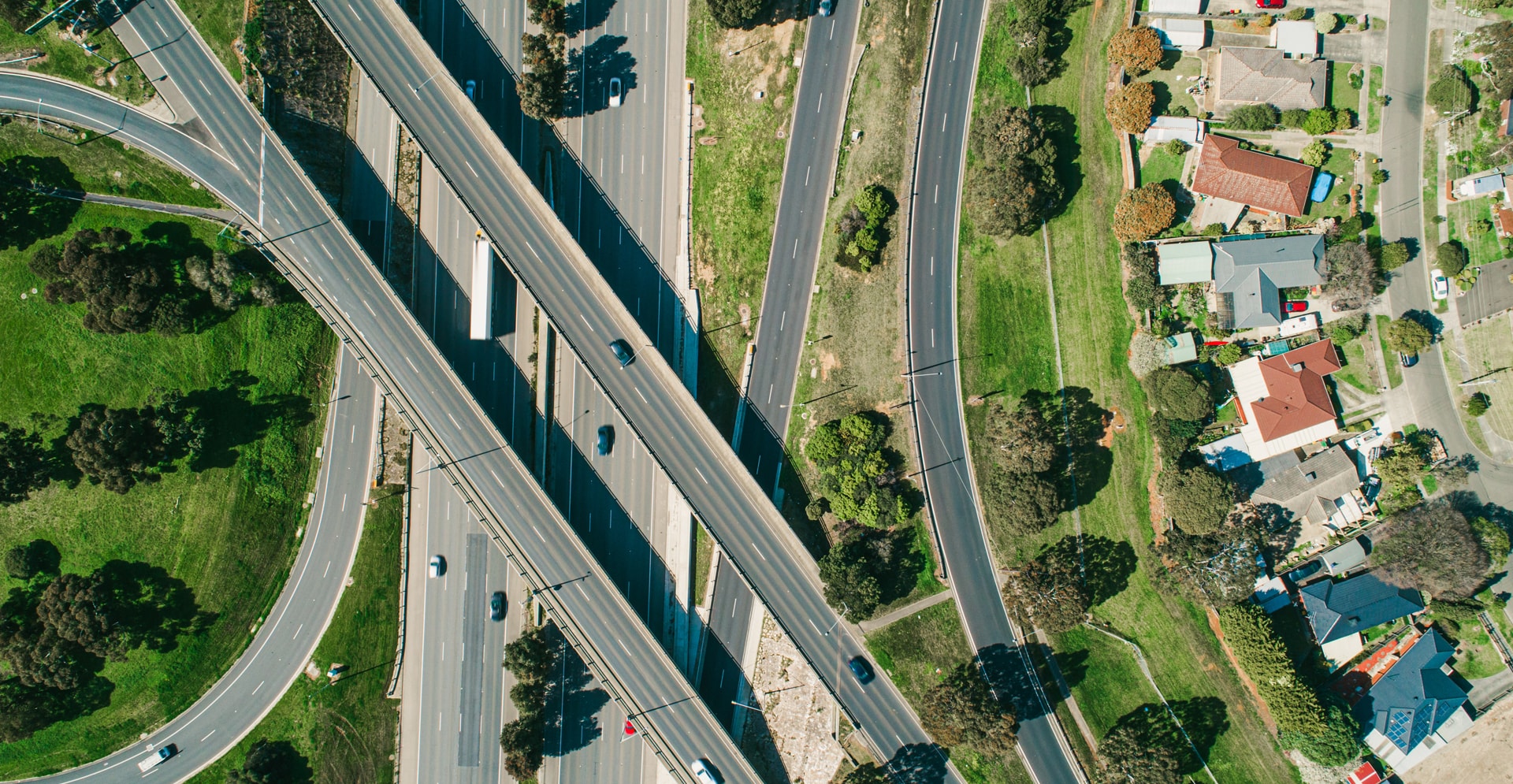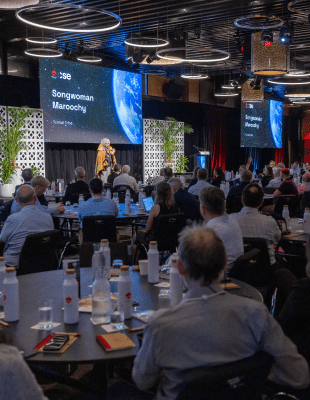Table of Contents
The challenge
The City of Edinburgh Council needed to see if any repairs were needed to Great Junction Street Bridge, without causing disruption for people or traffic.
3D
Getting from A to B as seamlessly as possible is a universal notion. From the 19th century engineers who first built Edinburgh’s Great Junction Street Bridge, to the parents who now cross it to do the daily school run. Which is why, when the City of Edinburgh Council appointed Arcadis to advise them on its necessary refurbishment and repair, we looked to 21st century innovation. No hold-ups, no disruption. Just the smart use of digital technologies for the most accurate and immersive assessment.
The solution
We harnessed some of the most innovative digital technologies to create a complete and accurate virtual model of the bridge – ensuring a swift but thorough visual inspection.
0
As one of the main thoroughfares around the city, we needed to make sure that any assessments and repairs to the bridge were carried out quickly, and in a way that minimized the impact for local people. While it can sometimes be hard to reach every part of a structure that needs to be assessed, we called on new and innovative technologies to be able to analyse the bridge without having to resort to lengthy road closures.
-
READ MORE
First, we used a mobile laser with Simultaneous Localization and Mapping (SLAM) technology to scan the bridge and create an accurate point cloud of the entire site. We supplemented this with photo-realistic 3D models of any defects that we were able to capture on site using photos and videos, which were then processed using more detailed photogrammetry technology.
These were then used to create a complete model of the bridge. It meant we could review and inspect it in detail away from the site. In this way, we could still obtain accurate measurements, without having to worry about any access constraints associated with the bridge itself.
We also created an Augmented Reality (AR) application for use with android smartphones. When used in conjunction with the physical pages of our written report, it overlayed the relevant photo-realistic 3D model of any defects automatically. This was an innovative way of displaying the data, giving a clear visualisation of the bridge and where repairs were needed.
The Impact
A digitally immersive application that enabled the whole team to review and assess the site remotely. This resulted in rapid repairs, keeping the bridge safe and open for years to come.
1
A virtual experience
Hosting the models online and providing the City of Edinburgh Council with a tailor-made, custom application meant that the entire team could access the data, regardless of where they were located. It meant everyone involved in the project could view specific defects quickly and easily.
-
READ MORE
This was not only more efficient, in that those with access could virtually explore the site at any time via an easy-to-use computer desktop application, but also had significant health and safety benefits as it removed the need to be physically on site.
The City of Edinburgh Council could now proceed swiftly and confidently with repair works, keeping bridge users supported in their journeys for years to come.
Not done reading?
This also might be interesting for you
- Related Projects
- Related Insights
- Related Blogs













